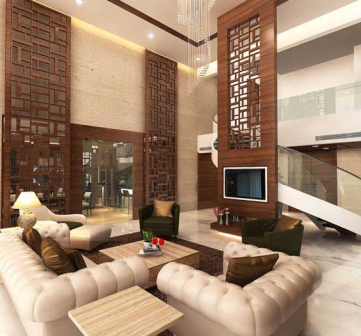×
The Standard e-Paper
Kenya’s Boldest Voice

The Kenyan hospitality industry has in recent times witnessed a flurry of construction activity as traditional hotels try to reclaim their position in the wake of stiff competition from global brands.
Some of the hotels that have operated in Kenya for decades are splashing billions in a move that means more than just the replacement of furniture and mattresses. The works range from expansion and refurbishment of existing facilities to the construction of new facilities adjacent to current ones or in separate sites.